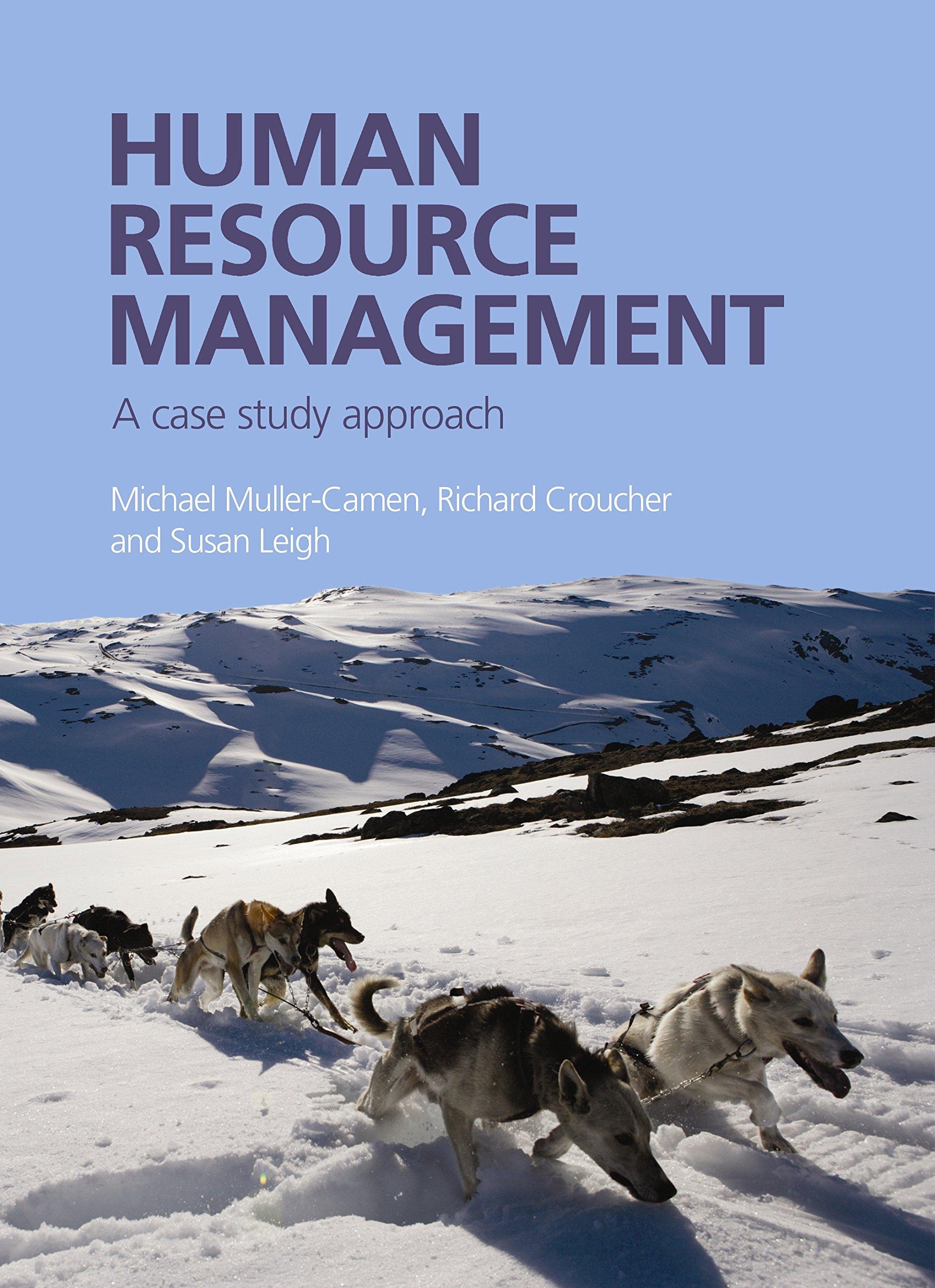Engineering Products is a long-established British engineering firm which for much of the 20th century produced fasteners
Question:
Engineering Products is a long-established British engineering firm which for much of the 20th century produced fasteners for industrial clients. The company undertook substantial restructuring in the 1980s, selling off or closing many of its activities so that currently it has three business areas;
automotive components, defence and industrial services. These business areas form international product divisions which are the primary axis of internal organisation, linking similar parts of the group across countries. The restructuring also involved expansion overseas to the point that half of the group’s 33,000 employees work abroad; threequarters of these are in Western Europe and most of the remaining quarter in North America.
The largest of the three business areas is automotive components, employing 60% of the group’s workforce. The division is a first-tier supplier, dealing with several of the multinational final producers of cars, and is less concentrated in the UK than the company as a whole; Table 11.2 shows that only a small proportion of the division’s sales are made in Britain, while an even smaller proportion of the workforce is employed there. Continental Europe is the base for a much larger proportions of sales and employment, with most of this being in Germany, France and Spain. The case study concentrates on this division of the multinational.
In recent years the pressure from the automotive division’s customers has become a central force in shaping how it manages its international operations in general and its international workforce in particular. The customers themselves have sought to standardise their methods of production and working practices through a process of sharing ‘best practice’ across sites. This has meant that, while the cars sold vary in minor respects between countries, they are produced in increasingly similar ways. One consequence has been that the components they purchase need to be of exactly the same specification in different countries. Since many of the first-tier suppliers in the motor industry are themselves multinational and in many cases supply the same companies in different countries, the effect has been to persuade the components manufacturers to standardise their own operations internationally.
Table 11.2:

Questions
In analysing this case you are asked to consider the following questions:
1. How would you describe the role of the HR function in Engineering Products?
2. In what ways has globalisation strengthened the power that the HQ can exert over subsidiaries?
3. What are the implications of international integration for the human resources department at the HQ of the MNC?
4. Why might managers in different countries resist moves by the centre of a multinational to achieve greater international integration?
5. What differences might we expect in the extent and nature of international integration in MNCs from other sectors?
Step by Step Answer:

Human Resource Management A Case Study Approach
ISBN: 9781843981657
1st Edition
Authors: Michael Müller-Camen, Richard Croucher, Susan Rosemary Leigh





